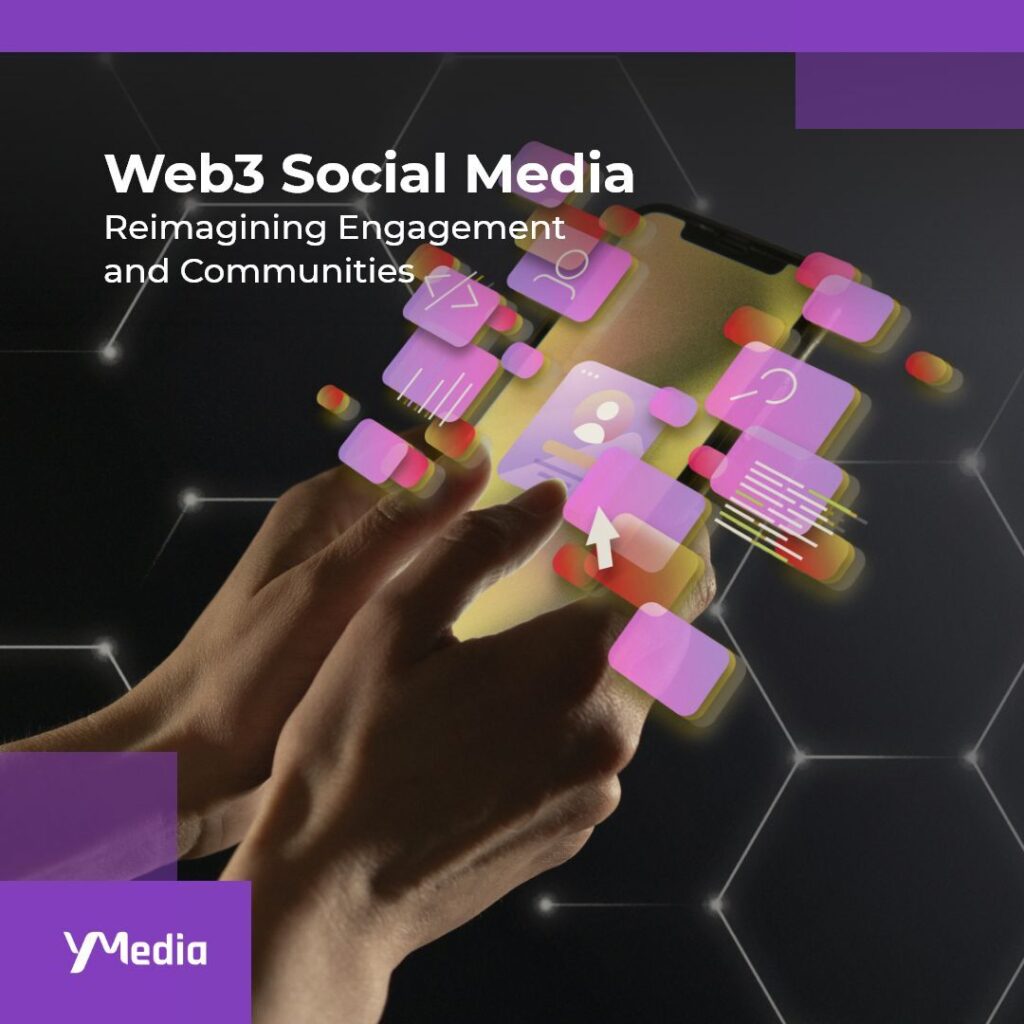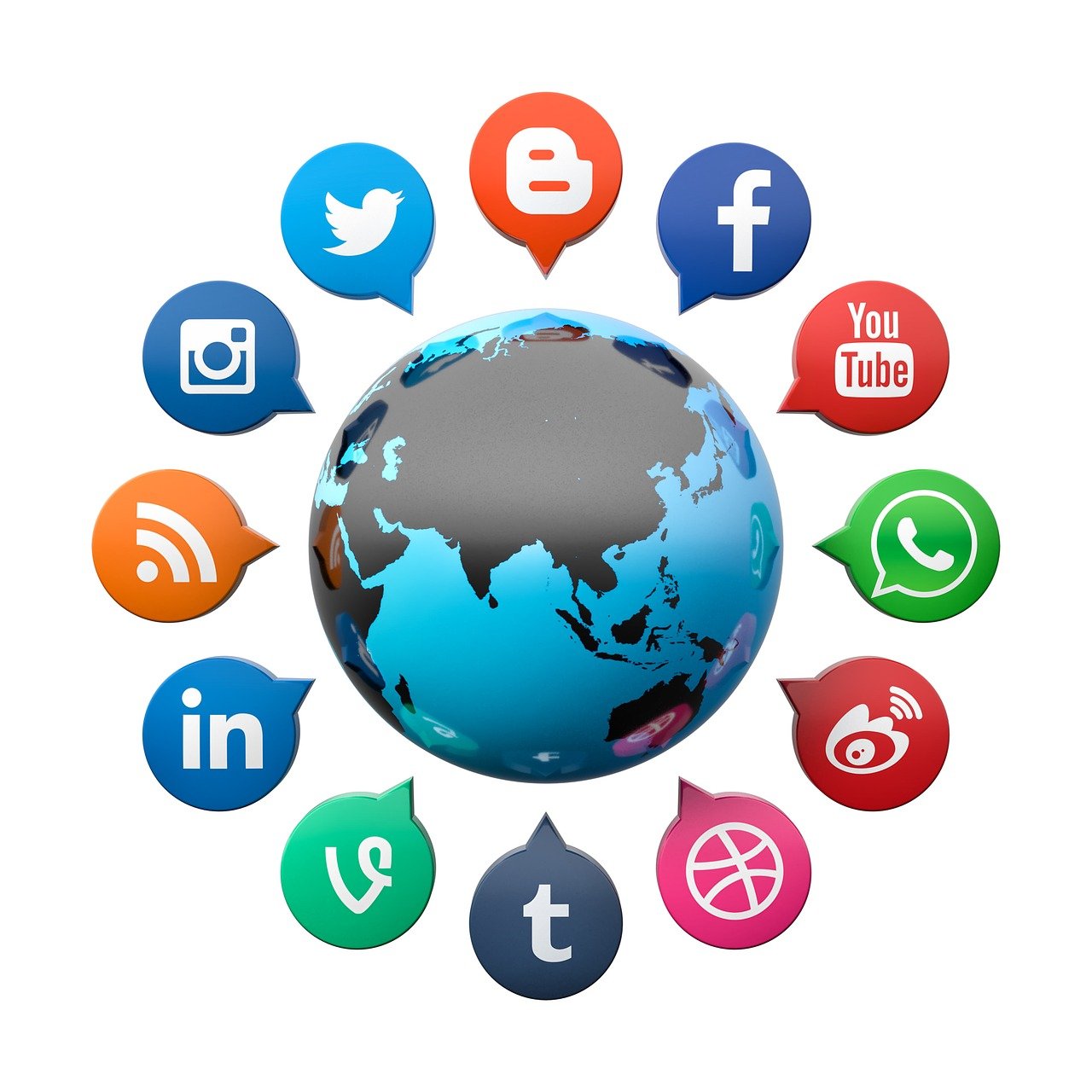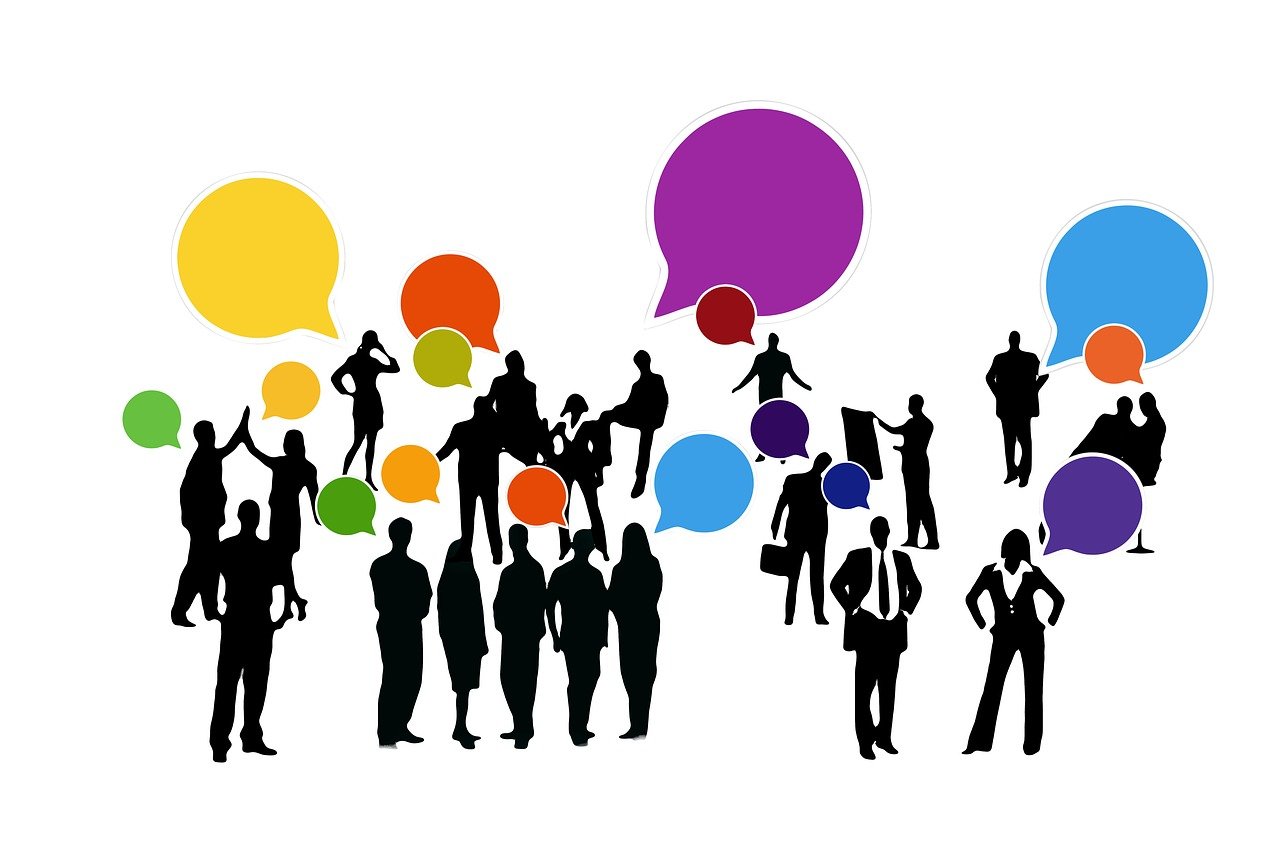Web3 Social Media: Reimagining Engagement and Communities

Step into the future of social networking with Web3 platforms, where control is decentralized, privacy is paramount, and users hold the reins. Forget the limitations of traditional social media – Web3 social media brings a wave of transparency, security, and direct empowerment. Imagine a space where your data is truly yours, censorship takes a back seat, and creativity is rewarded like never before. It’s not just a shift; it’s a revolution in the way we connect, share, and thrive online.
In this blog we will delve into the exciting realm of web3 social media and explore how it is reimagining engagement and communities in the digital sphere.
First let’s start with understanding the differences between web 1.0, web 2.0 and web 3.0:
Understanding Web1, Web2 and Web2

Source | Social media is diverse
The World Wide Web or the web, is an interconnected system of information accessible through the internet. Conceived by Sir Tim Berners-Lee in the early 1990s, the web revolutionized how we access and share information. It consists of billions of interlinked documents and resources, navigated through web browsers, allowing users to seamlessly move between text, images, videos, and interactive applications.
The web has evolved over the years from web1 to web2 and finally to web 3. Let’s look at its evolution and understand web1, web2 and web3 in greater detail:
Web 1.0
Web1, the early stage of the World Wide Web, is characterized by static web pages and limited interactivity. During this era, which spanned from the inception of the web in the early 1990s to the early 2000s, websites primarily served as informational platforms with content displayed in a one-way communication format. Users could view text and images but had limited capabilities for interaction or dynamic content creation. The emphasis was on the dissemination of information rather than collaborative or interactive features.
Web 2.0
Web 2.0 marks a transition from static, one-way communication to a more dynamic, interactive online experience. This era gained prominence in the mid-2000s and continues to shape the internet today.
It is characterized by the rise of user generated content, social media, and collaborative platforms. Web 2.0 introduced a more participatory web environment, where users could not only consume information but also create and share content easily.
Blogs, social networking sites, wikis, and other interactive platforms became prevalent, fostering a sense of community and collaboration online.
Web 3.0
Web3, the third era of the internet, is characterized by the evolution of decentralized technologies and protocols that aim to redefine the way information is accessed, shared, and transacted online.
Unlike its predecessors, Web1 and Web2, Web3 envisions a more distributed and user-centric internet. At its core, Web3 leverages blockchain and decentralized ledger technologies to enable interactions, smart contracts, and peer-to-peer transactions. This decentralized approach seeks to empower users by giving them greater control over their data, privacy, and digital assets, reducing reliance on central authorities and intermediaries. The vision of Web3 is to create a more inclusive, transparent, and resilient internet ecosystem that fosters innovation, collaboration, and user sovereignty.
Now, let’s see how web 3.0 is reshaping social media.
Significance of Web3 Social Media

Source | Role of blockchain technology in web3 apps
The transition to web3 brings a lot of benefits to the world of social media.
Decentralization and ownership
Web3 social media platforms operate on decentralized networks, providing users with greater control and ownership of their data. This reduces the power of centralized entities and mitigates issues related to privacy and data ownership.
Empowering users
Decentralized systems prioritize user privacy, offering a more secure environment for sharing and communicating. Decentralization also empowers users by allowing them to own and control their data. This shift in ownership is a fundamental departure from the data-hungry models of traditional social media platforms which are infamous for violating privacy of their users. Users can decide how their data is used.
Enhancing engagement
Traditional platforms often rely on algorithms to dictate content exposure. In contrast, web3 empowers users to curate their own content experiences which is possible because of blockchain technology. Blockchain technology contributes to ensuring transparency and reducing the risk of fake news and misinformation through its inherent characteristics, such as decentralization, immutability, and cryptographic verification.
User-driven algorithms
Engagement becomes more meaningful and tailored to individual preferences as web3 decentralized social media platforms allow users to create and control their algorithms. This personalization ensures that users are exposed to content that aligns with their interests and values.
Building stronger communities with Web3 social media
Web3 social media platforms operate on decentralized networks, providing users with greater control over their data and interactions. Through the use of blockchain technology, Web3 platforms can implement transparent mechanisms for forming communities based on shared interests, values, or goals. Users can connect with each other in a more organic and direct way, as the decentralized nature reduces the influence of centralized authorities. This fosters the creation of niche communities, where users can find and engage with others who share their specific passions. The result is a more personalized and authentic social experience, promoting deeper engagement and a stronger sense of belonging.

Source | Building community with web3 social media platforms
Web3 Social Media Platforms
Web3 social media offers a refreshing departure from traditional platforms, providing users with a more personalized, secure, and community-driven online experience. Let’s discuss some of the best web3 decentralized social media platforms:
Diamond App
Diamond App, a decentralized social media platform, is built on the DeSo blockchain technology provides users with control over their identity and gives them the ability to monetize their content.
On Diamond app, likes are convertible to actual currency. The app has a tipping system where users can send crypto to their favorite creators.
Diamond app offers many features such as private conversations, group chat, secure payments via cryptocurrencies, account management tools and more. You can buy, sell, and hold creator coins of various profiles.
Minds
Minds is an open-source web3 decentralized social media platform, offering users a privacy-focused and decentralized alternative to mainstream social networks.
The users are rewarded in cryptocurrency every time they post or comment. The platform encourages free speech and hosts networking communities with diverse interests.
Minds offers features, including private messaging, group chat rooms, live streams and more. The platform rewards creators for creating and marketing quality content. Users earn Minds tokens which are stored on Ethereum blockchain.
Audius
Audius is a next generation music streaming web3 app that aims at creating an ecosystem where users can have full control over their content distribution. It enables the users to earn royalties from streaming.
Audius encourages user interaction through music streaming, favoriting tracks, following artists, playlist creation, and reposting. This encourages community engagement and collaboration by providing features for messaging, networking, and remixing.
The platform introduced its native crypto called ‘Audio’ ($AUDIO). This enables staking and participation in platform governance, rewards artists, and facilitates platform operations.
Mirror
This is a publishing Web3 app, empowers users to craft and share their content while retaining control over the monetization of their work.
Mirror provides a wide range of tools, including an editor, reader view, wallet support and social media integration.
Mastodon
Mastodon, an open-source, decentralized social media network is based on ActivityPub protocol. This allows it to be interoperable with most of the web2 social networking services such as X(formerly Twitter) or Facebook.
It operates on a federated model, where multiple independent servers, known as instances, form a network.
The platform allows its users to launch their own version of Mastodon without joining the main server cluster. Thus providing complete control over content creation and moderation rules within these individual instances.
Challenges of Web3 Social Media Apps

Source | Challenges posed by Web3 social media apps
While web3 social media apps hold immense promise, it is not devoid of challenges. Let’s look at some of them:
- Lack of awareness: Many people are not aware of the existence of web3 social media apps and the benefits these decentralized digital platforms offer.
- Scalability issues: There is a risk of network congestion and slow transaction times with the growth of more users on web3 social media apps.
- Privacy and security: Potential vulnerabilities of transparent ledgers and smart contracts, integral to many Web3 applications, needs to be addressed. Educating users on secure key management is also required.
The Future of Web3 Social Media

Source | Virtual reality
The future of web3 social media is full of potential. As technology evolves and user adoption grows, we can expect more innovation in this space.
Augmented reality (AR), virtual reality (VR), and the integration of artificial intelligence (AI) are likely to shape the future of web3 social media. Web3 will continue to empower content creators by providing new methods to monetize their work, data ownership, and transparency, and new ways to interact with their community.
For more updates, follow yMedia. yMedia is an award-winning content marketing company, committed to bring the timeless art of storytelling into the digital age with their holistic offerings. They’ve worked for several brands in the Web3 space – including Forbes, Delta Exchange, Millionero, and many more.
Contact yMedia to hook your customers with amazing content to drive measurable business outcomes and grow your community.
FAQs
- Is Web3 the future?
Web3 is predicted to be the next iteration of the internet with decentralization at its core and integrating technologies such as blockchain, cryptocurrencies, and NFTs. Several businesses are already adopting Web3 technologies to advance their business practices.
- How AI and AR will transform Web3 social media platforms?
AI will provide the infrastructure and applications for web3. The integration of AR technology will enrich user generated content with digital overlays and interactive elements.